sworn enemy of tense players, stressed and friend of cool players, fanatics of rebounds on the windows, the double pane is not a simple thing to negotiate at first sight padel. You are lucky, we help you to better understand it.
The important thing would be above all not to stress when a ball comes in the direction of the angle. We get stressed when we don't know, when we don't have control. So if you want to feel good and comfortable, agree to let it go.
The technique of the pros
This may be the technique you are taught during your first lessons. You are told that you have to move away from a ball that would be far from you and on the contrary get closer to a ball that would pass close to you. When you know, when you have the experience, when you recognize the effects and when you detect where the ball will bounce first, indeed, it works! But for novice players, this technique is more than difficult to master because it makes us ask ourselves too many questions, and in the end, we make mistakes, we get stressed, and we drop to take the volley ball: simpler.
So dear experienced players who know how to understand the majority of rebounds, can this article help you? Not sure. What could make you play better would not be to learn how to defend the double glass, something that you certainly already know how to do, but rather to know where to play and how to complicate or abort the attack of the opponents.
It's up to you to feel the difficulty of the ball but if there is no rotation and you move away from the side window, look for the lob so as not to lose position. If you find yourself close to the side window after rotation or not, try to play a bandeja. Finally if you turn to play a ball from your maison with your forehand to the center of the court, look for the backing forward after a chiquita or fast low ball.
The zero-stress technique
The goal is to gain insurance with this double pane. So the less you have to think the quieter you will be.
The situation is as follows: you see that the ball is coming towards the corner and you are going to let it pass, you are going to lock it in this corner after it enters whether it is from your left or your right. Once she is behind you, you will adopt the neutral waiting position with the pala taken with both hands in front of you, pointing the angle, knees bent, ready to react. This waiting position must always be the same, straddling the imaginary line formed by the straight line cutting the angle into two equal parts (of 45 degrees).
So far no headaches. The ball comes and you lock it in, always adopting the same position.
After that, all you have to do is wait for the bounces on the bottom panes. A bounce first on the bottom window will then come on the side, and on the contrary a ball which first touches the side window will then go on the bottom window (in the best case and without effect).
Since you're waiting for the first bounce, you're safe. Once you see the place where the ball exits, the same as for a window exit, you will come to accompany and not hit to recover your home, your comfort zone, without having taken any risks and without major mental problems.
Tell yourself that acting like this, with a zen attitude, greatly disturbs your opponents because you are able to calmly defend balls that are supposed to be difficult with good technique. For you too it is positive but it requires a minimum of practice in training. No matter your level, the work of the double pane is super important at all speeds, with all the effects, to offer a complete, precise and well-executed defense. Let's go!
Julien Bondia is a teacher of padel in Tenerife (Spain). Columnist and advisor, he helps you play better through his tutorials and tactical/technical articles padel.




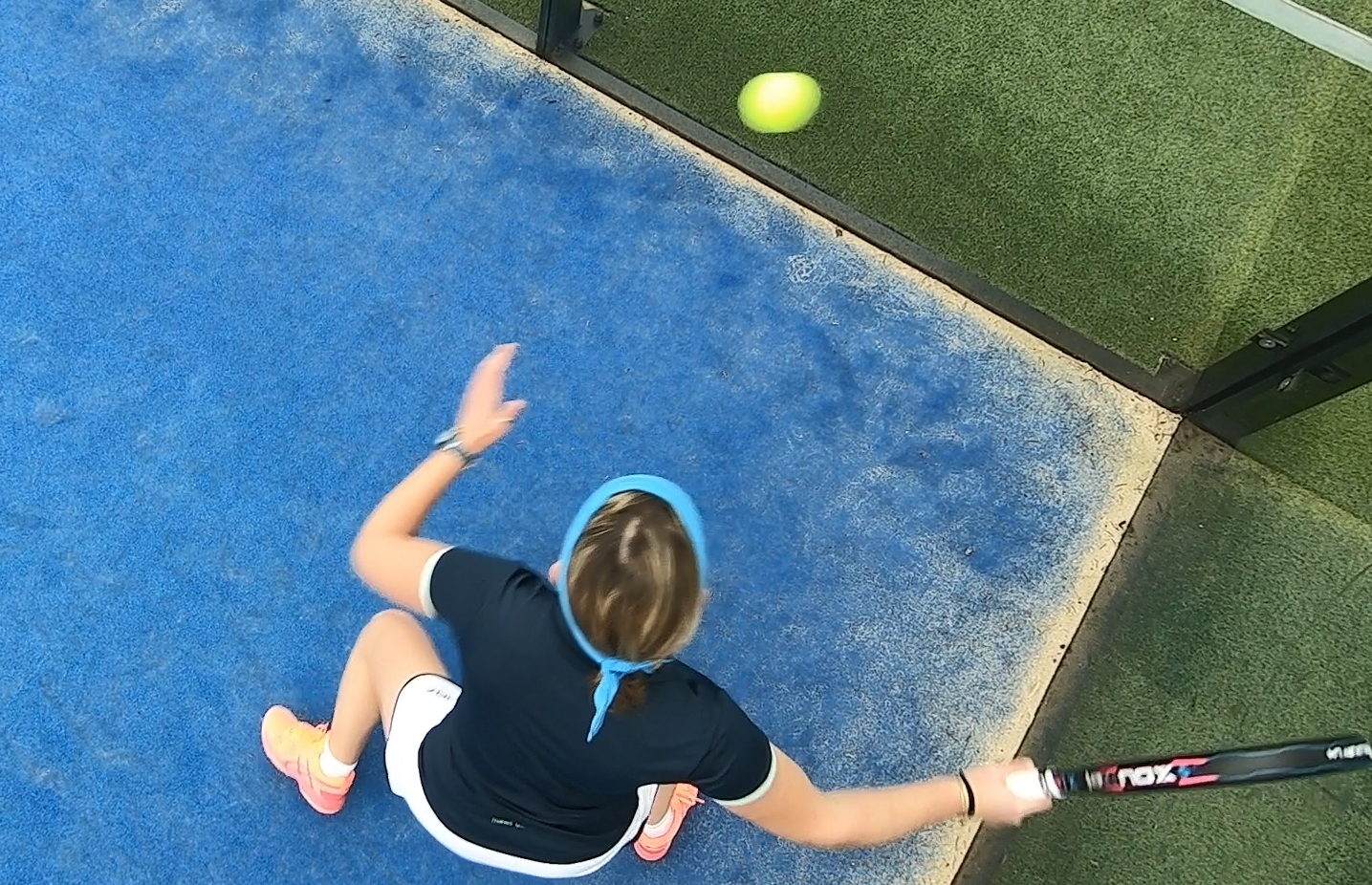
































































































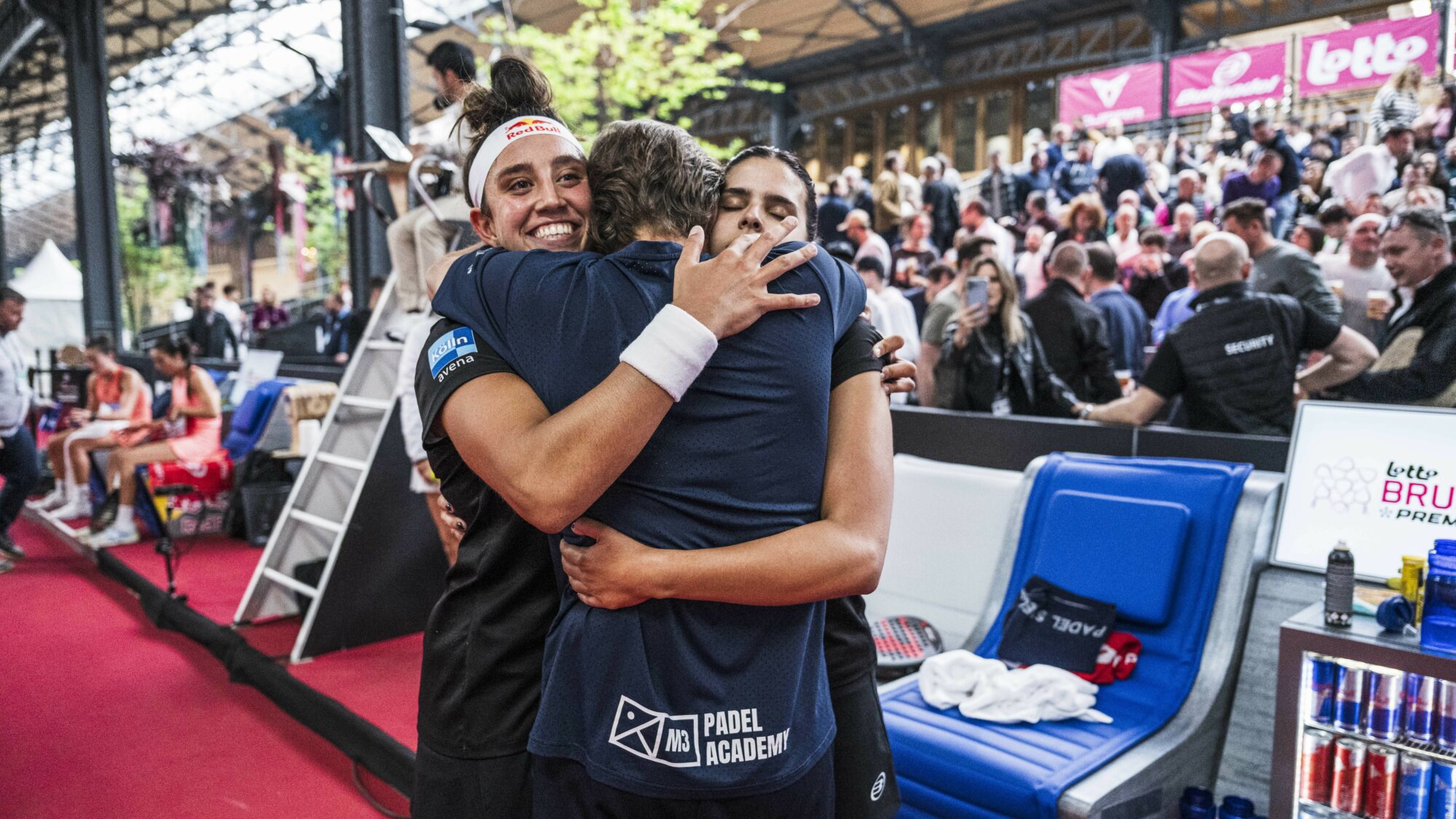 Premier Padel Brussels P2 – Brea/Gonzalez wins the arm wrestling against Salazar/Icardo
Premier Padel Brussels P2 – Brea/Gonzalez wins the arm wrestling against Salazar/Icardo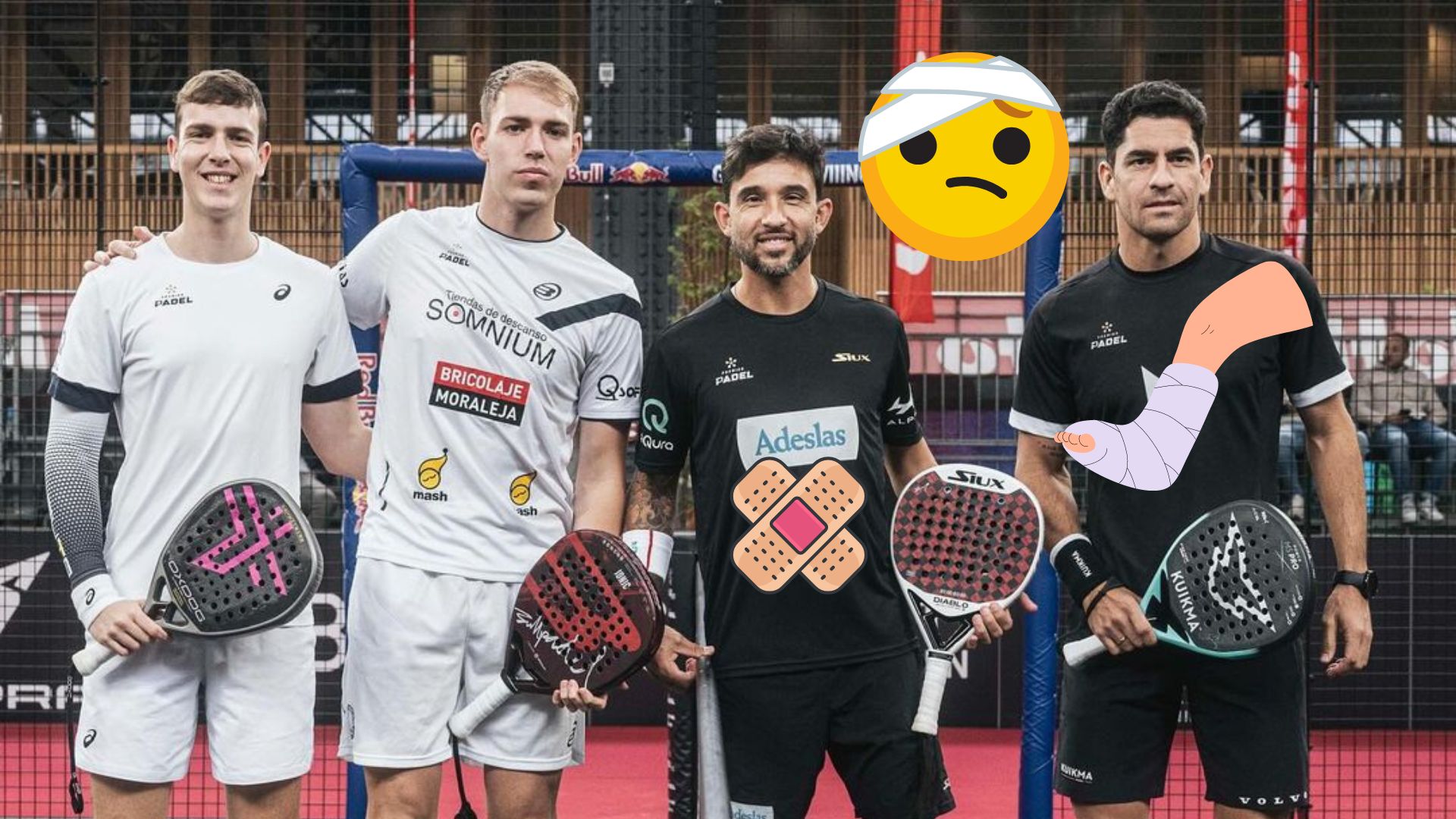 Unusual – Sanyo Gutierrez and Maxi Sanchez suffered in Brussels
Unusual – Sanyo Gutierrez and Maxi Sanchez suffered in Brussels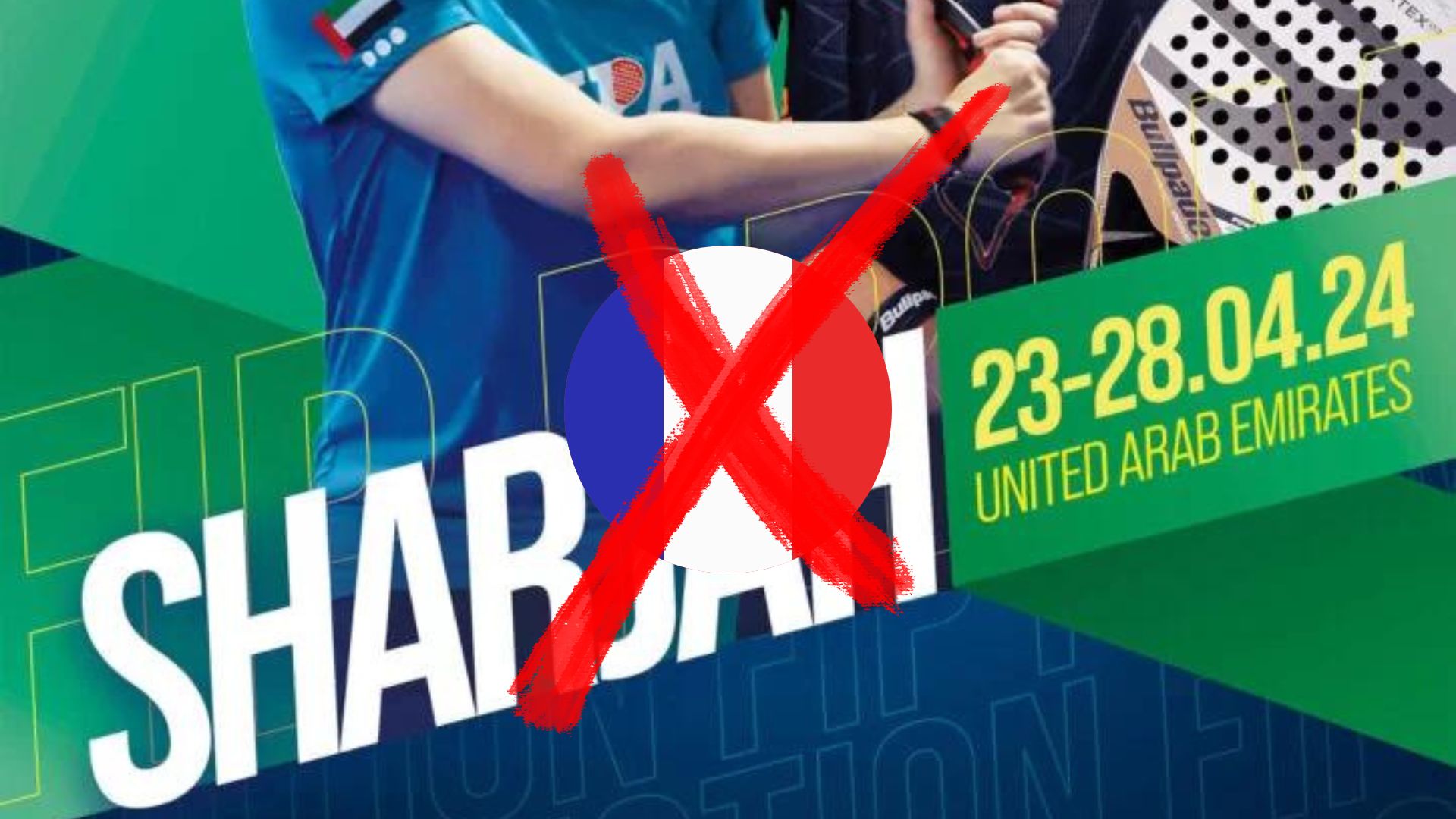 FIP Promotion Sharjah – More French people in the United Arab Emirates
FIP Promotion Sharjah – More French people in the United Arab Emirates Guillaume Codron de Sud Padel : “A family project”
Guillaume Codron de Sud Padel : “A family project” Nallé Grinda: “Democratize the padel in the USA with PadelX "
Nallé Grinda: “Democratize the padel in the USA with PadelX " Simon Boissé: “We know that there are two nations in front of us”
Simon Boissé: “We know that there are two nations in front of us” Marie Maligo: “This period of frequent changes of partners was beneficial for me”
Marie Maligo: “This period of frequent changes of partners was beneficial for me” The All Star Tour returns on May 16 at the All In in Lyon
The All Star Tour returns on May 16 at the All In in Lyon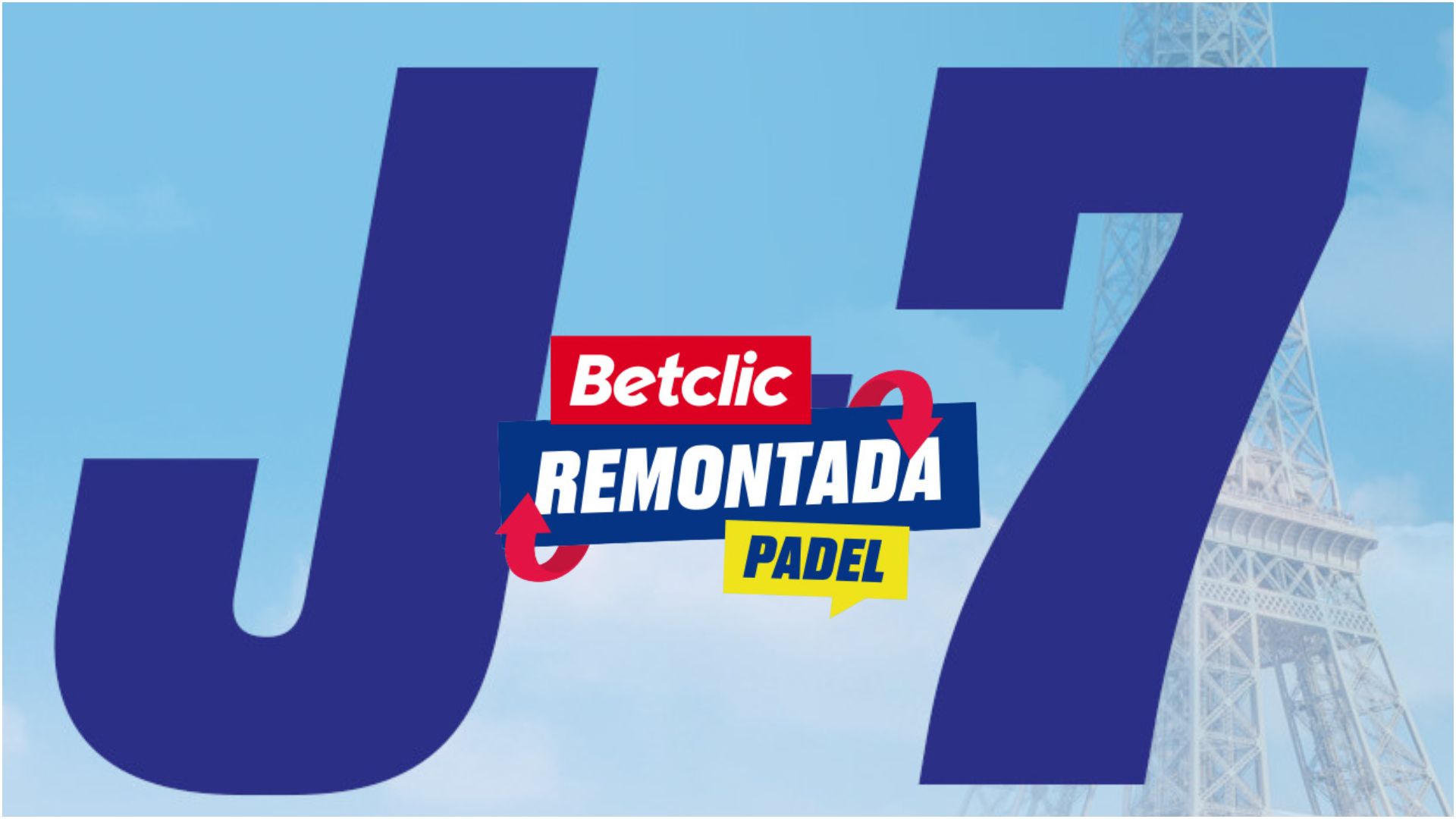 D-7 of the “BetClic Remontada Padel”, at the foot of the Eiffel Tower
D-7 of the “BetClic Remontada Padel”, at the foot of the Eiffel Tower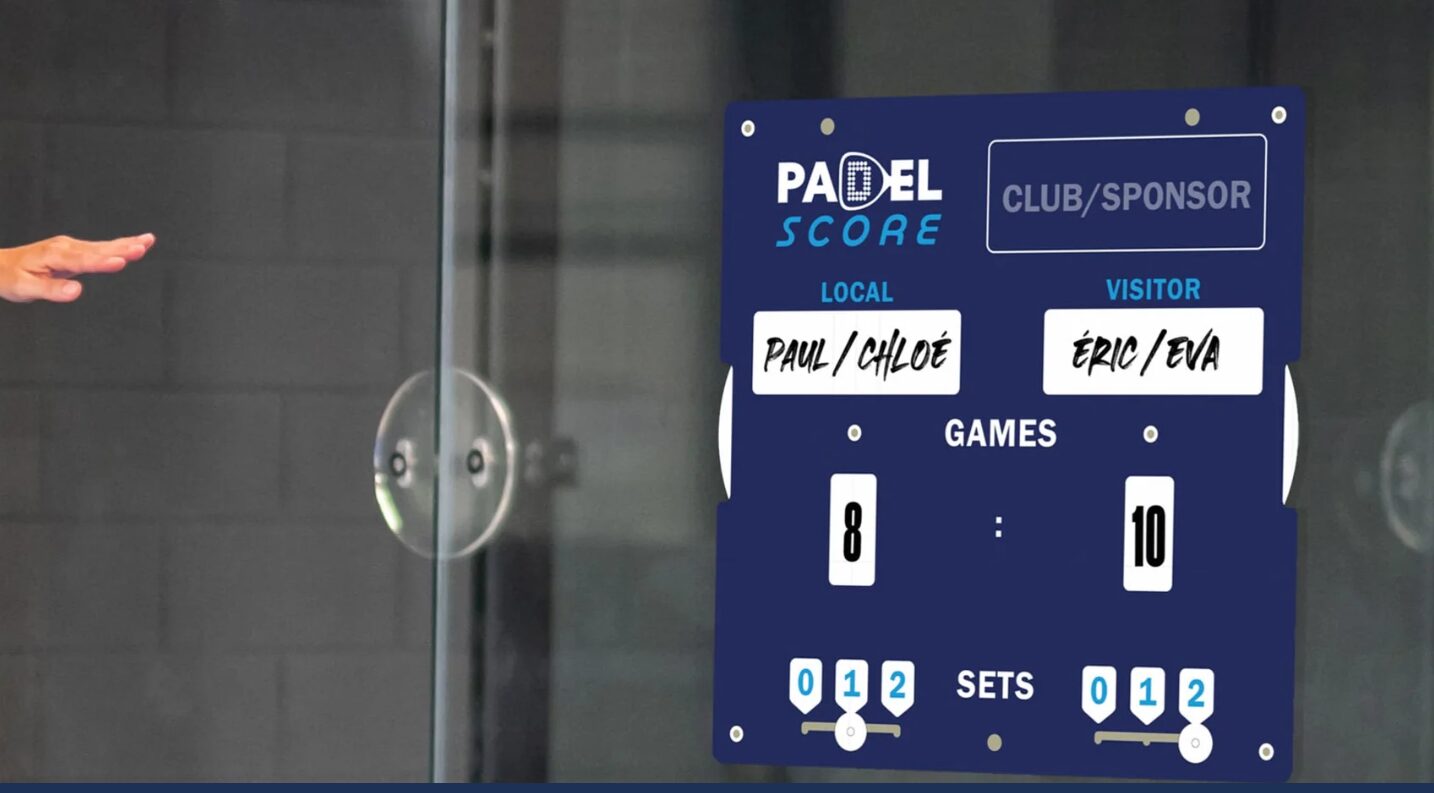 Padel Score: an essential table for keeping score
Padel Score: an essential table for keeping score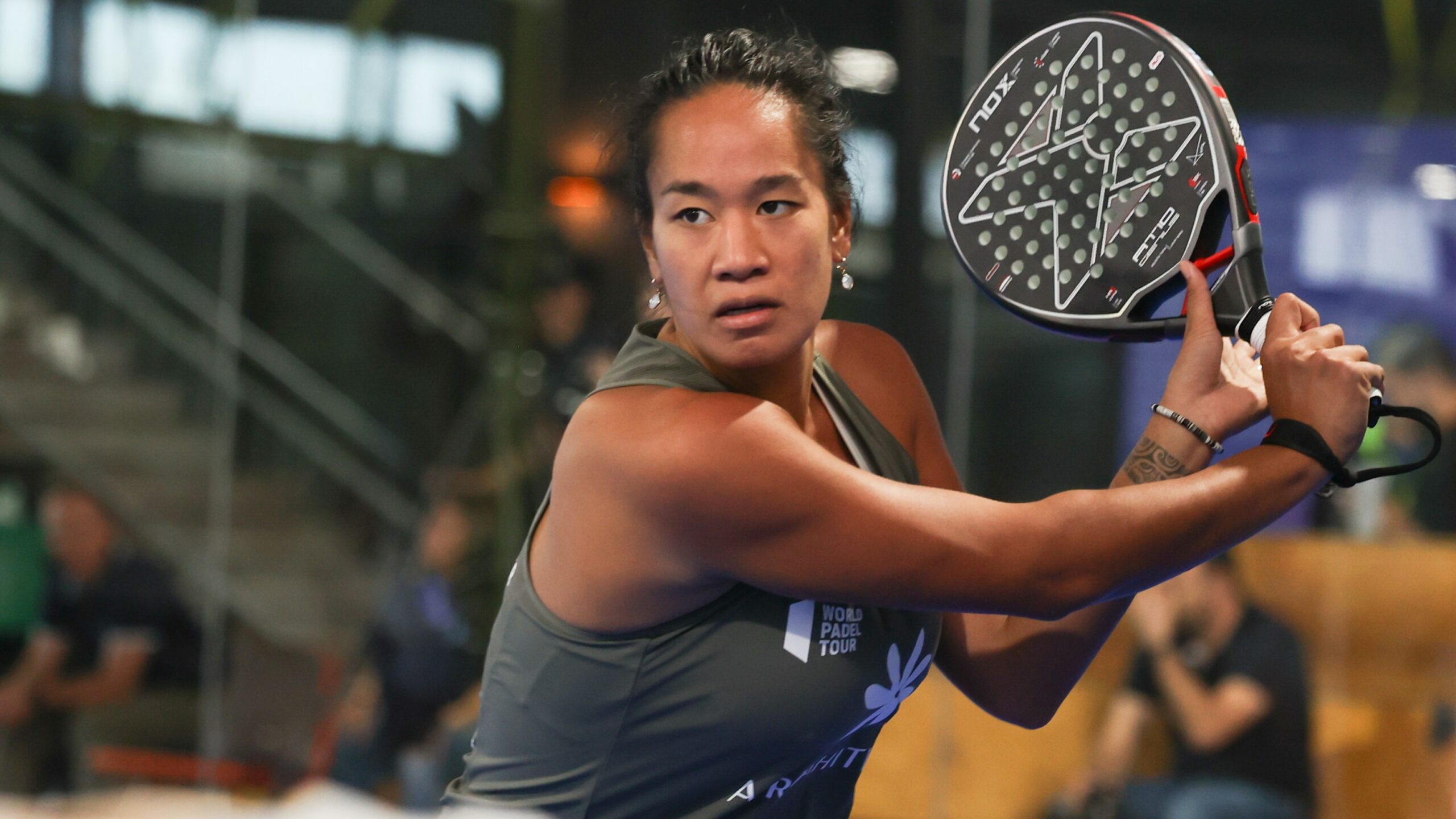 Léa Godallier makes her big return to the slopes this weekend
Léa Godallier makes her big return to the slopes this weekend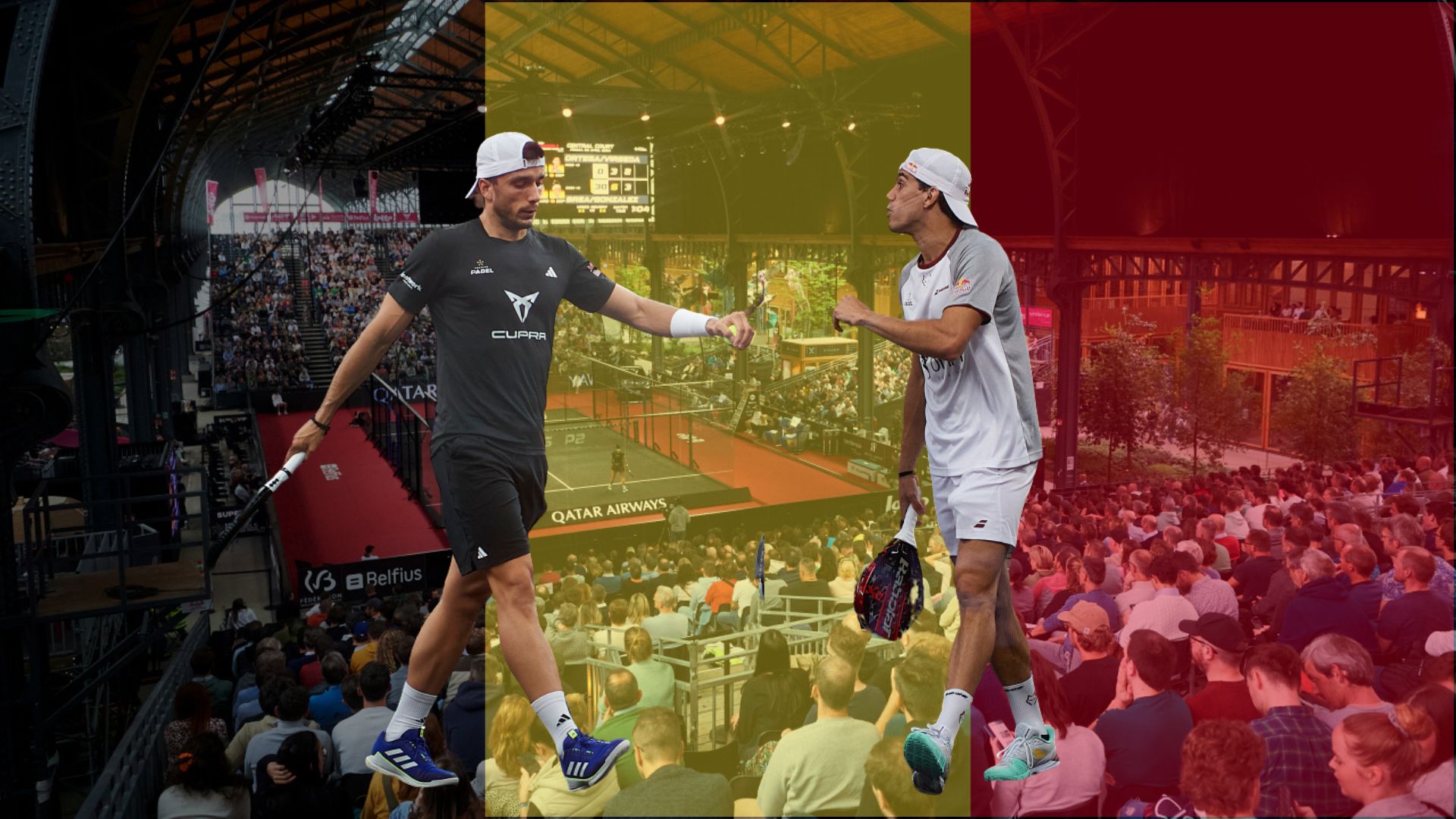 Premier Padel Brussels P2 – Juan Lebron and Ale Galan together in Belgium?
Premier Padel Brussels P2 – Juan Lebron and Ale Galan together in Belgium?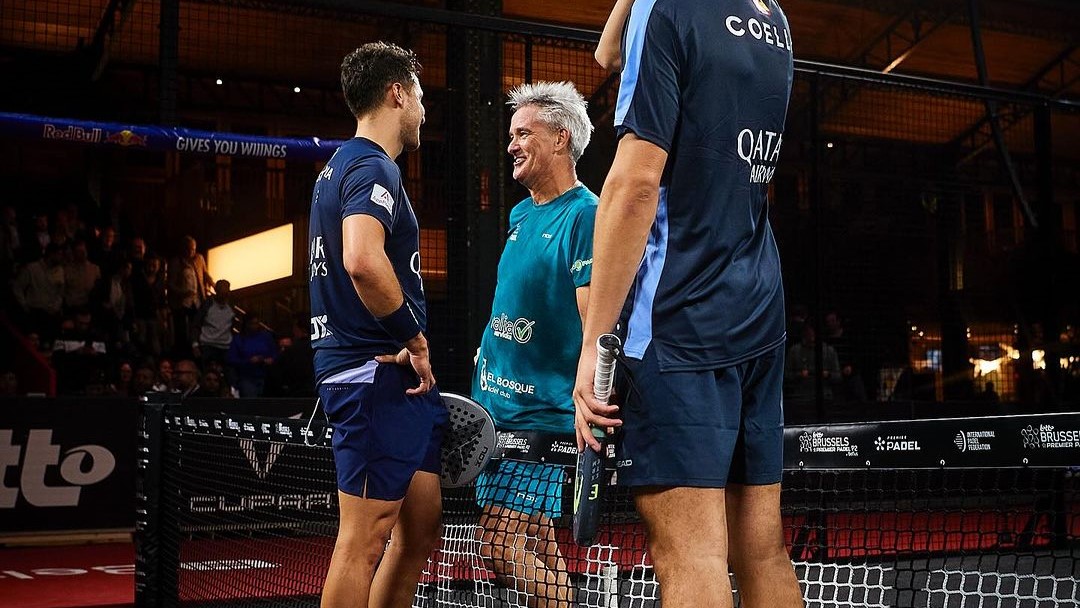 Agustin Tapia salutes the longevity of Miguel Lamperti
Agustin Tapia salutes the longevity of Miguel Lamperti José Manuel Escin at the inauguration of Casa Padel DOS: “Finally, and thank you!”
José Manuel Escin at the inauguration of Casa Padel DOS: “Finally, and thank you!” Padel Score comes to Tahiti for American Express Padel Cup!
Padel Score comes to Tahiti for American Express Padel Cup! Do you know the Rafa Nadal Academy Tour?
Do you know the Rafa Nadal Academy Tour? Play at padel on his yacht? Possible for €233.000!
Play at padel on his yacht? Possible for €233.000!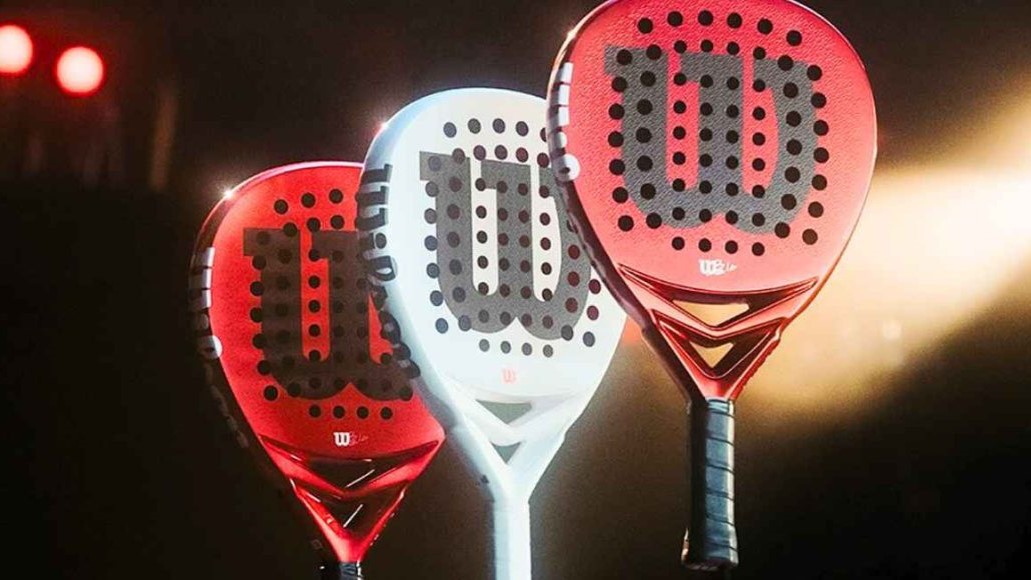 Presentation of the Wilson Bela V2.5 collection
Presentation of the Wilson Bela V2.5 collection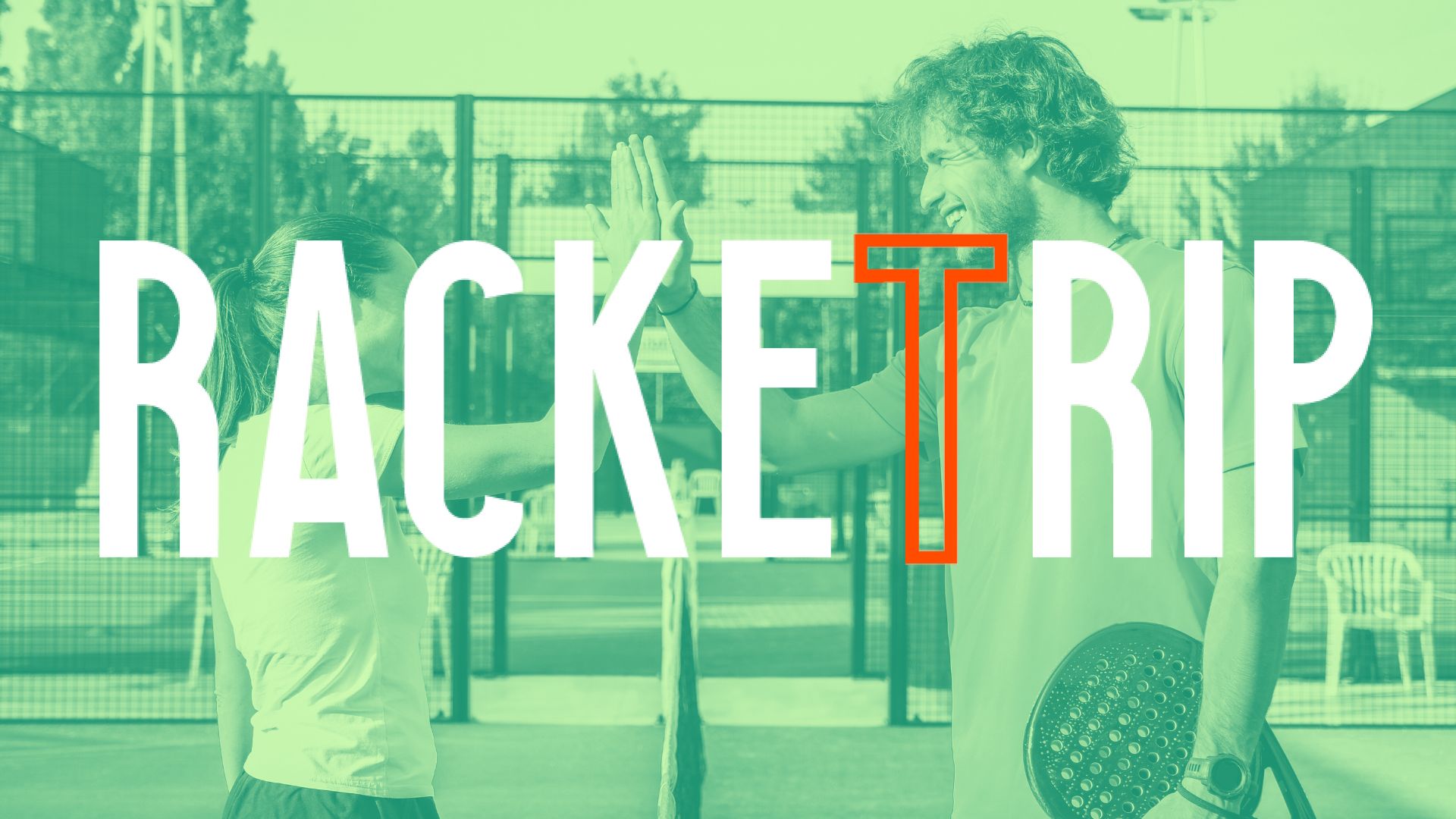 The LinkedIn of racquet sports: Racket Trip
The LinkedIn of racquet sports: Racket Trip The score at padel : manual
The score at padel : manual Our Top 10 training courses padel in France and Europe
Our Top 10 training courses padel in France and Europe At the heart of padel – Episode 25: Paul and Andoni answer your questions
At the heart of padel – Episode 25: Paul and Andoni answer your questions At the heart of padel – Episode 23: defend the window well
At the heart of padel – Episode 23: defend the window well Prohibition on playing topless Padel : the reasons
Prohibition on playing topless Padel : the reasons FIP Tour – Going far from Europe, THE strategy to earn points!
FIP Tour – Going far from Europe, THE strategy to earn points! What is a good football player? padel ?
What is a good football player? padel ? “Lefties give me headaches when I play against them!”
“Lefties give me headaches when I play against them!” At the heart of padel – Episode 14: how to earn points in winter?
At the heart of padel – Episode 14: how to earn points in winter? The basic tactics of padel
The basic tactics of padel A par 4 is always a winner...even if you manage to defend it!
A par 4 is always a winner...even if you manage to defend it! Carbon fiber VS fiberglass: what to choose?
Carbon fiber VS fiberglass: what to choose? How to effectively test a racket padel ?
How to effectively test a racket padel ? La padel to fight Parkinson's disease
La padel to fight Parkinson's disease Don't play with a cracked or broken racket, your body will thank you!
Don't play with a cracked or broken racket, your body will thank you! Michel Cymes: “The padel, physically, it’s serious!”
Michel Cymes: “The padel, physically, it’s serious!” Jeremy Gala: “Promote the padel among young people in Belgium remains a challenge”
Jeremy Gala: “Promote the padel among young people in Belgium remains a challenge” The French Touch Academy organizes its selection day Padel-Study
The French Touch Academy organizes its selection day Padel-Study Report on the detection and training of younger generations
Report on the detection and training of younger generations